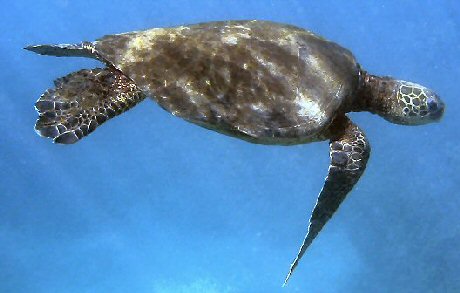
1. Be Qualified -Diving is for qualified and certified divers only. You must be either NAUI or PADI certified before you can rent diving equipment. If you are not certified or haven’t been diving for a while, dive only with an instructor. If you are unfamiliar with your dive site, seek advice from an instructor or certified diver who has been diving there before. |
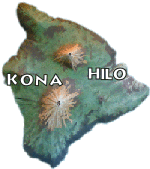 |
2. Be Prepared -
Rent quality, well maintained and properly fitted equipment from a reputable dive shop. Get a thorough briefing from the staff about your proposed dive site. Get all the current conditions, and complete your dive plan before heading out. Take a look at the tides, currents, and waves. Wear a wetsuit, gloves, and booties to stay warm and to protect you from the lava rocks and coral. Be sure you aren’t planning any other activities (flying, etc.) that can compromise safety. Do not fly or travel to altitude (Mauna Kea or Mauna Loa) 24 hours after diving.
3. Be Careful -
Completely check out the dive site, especially the surf conditions, before making the decision to dive. Ensure entry and exit points are safe from waves and clear of sharp rocks and coral. If the site looks good, make a snorkel dive first at the entry spot and surrounding area to familiarize yourself with conditions and hazards. Never dive alone or beyond your abilities or the abilities of your buddy. Never use up all of the air in your tank.
KONA |
 |
 |
 |
HILO |
 Snorkel Big Island |
 Big Island Beaches |
 Let’s Go Hawaii |
 Beach Sarongs |




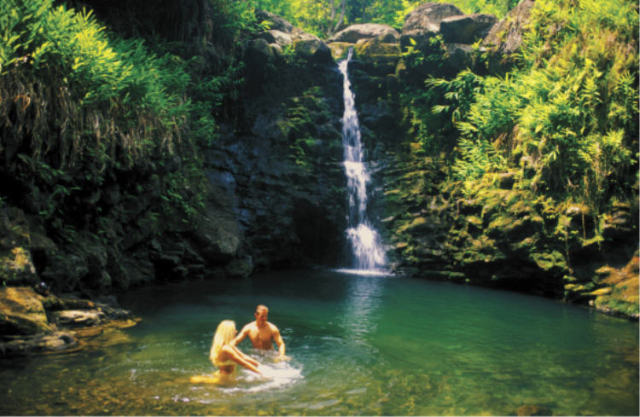 Hike
with an expert guide in Hawai'i Volcanoes National Park, in the rain
forests, deep in remote valleys, and explore hidden waterfalls
Hike
with an expert guide in Hawai'i Volcanoes National Park, in the rain
forests, deep in remote valleys, and explore hidden waterfalls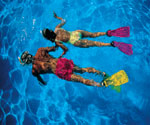
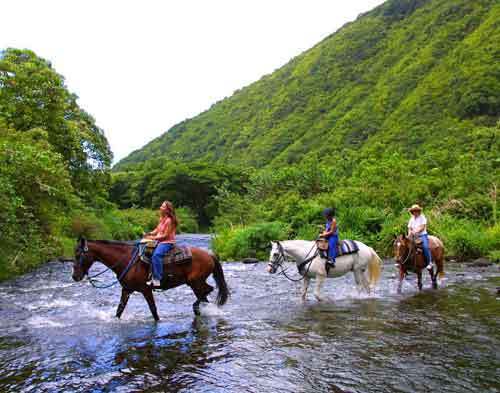 Enjoy
a picturesque Hawaiian horseback ride through the Valley of the
Kings, a lush tropical paradise of jungle trails, waterfalls, and spiritual sites.
Enjoy
a picturesque Hawaiian horseback ride through the Valley of the
Kings, a lush tropical paradise of jungle trails, waterfalls, and spiritual sites.
